After further investigation and searching I found a solution, also on stackoverflow.
The key is the following message to send to a custom UIPageControl element:
[self.view bringSubviewToFront:self.pageControl];
The AppCoda tutorial is the foundation for this solution:
Add a UIPageControl element on top of the RootViewController - the view controller with the arrow.
Create a related IBOutlet element in your ViewController.m.
In the viewDidLoad method you should then add the following code as the last method you call after adding all subviews.
[self.view bringSubviewToFront:self.pageControl];
To assign the current page based on the pageIndex of the current content view you can add the following to the UIPageViewControllerDataSource methods:
- (UIPageViewController *)pageViewController:(UIPageViewController *)pageViewController viewControllerBeforeViewController:(UIViewController *)viewController
{
// ...
index--;
[self.pageControl setCurrentPage:index];
return [self viewControllerAtIndex:index];
}
- (UIPageViewController *)pageViewController:(UIPageViewController *)pageViewController viewControllerAfterViewController:(UIViewController *)viewController
{
// ...
index++;
[self.pageControl setCurrentPage:index];
// ...
return [self viewControllerAtIndex:index];
}
